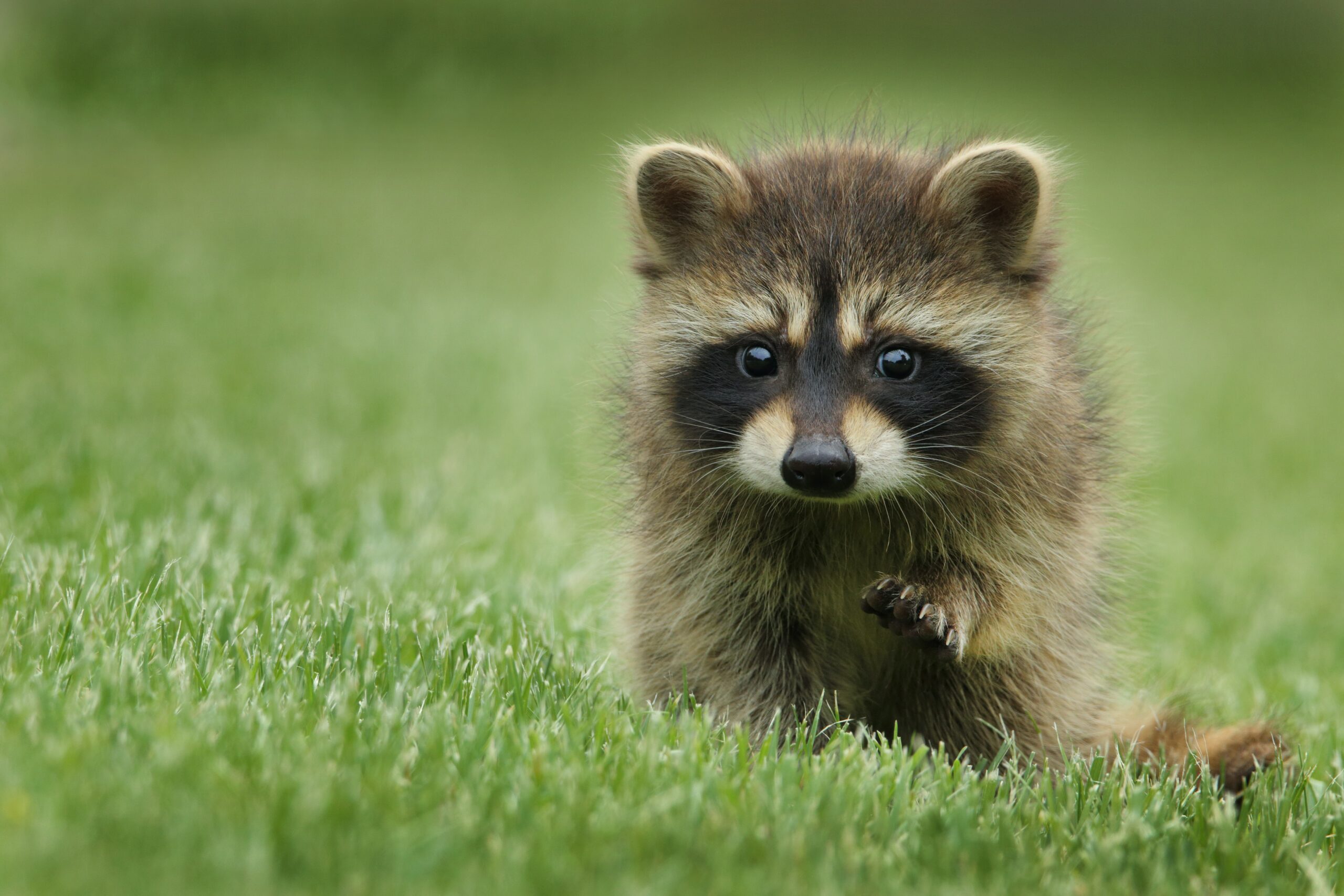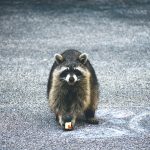Have you ever pondered if generic fly bait could effectively serve as a deterrent, or at its most extreme, a killer to raccoons? Let’s tread on this somewhat peculiar path of curiosity together, shall we?
Truth be told, these fascinating creatures – the agile raccoons – have a knack for survival that, in many ways, could put even us humans to the test.
But let’s discuss the matter at hand – your question about fly bait. In essence, fly bait is a blend of chemicals specifically engineered for the purpose of attracting and exterminating flies.
The formula contains certain types of toxins that target the unique biological makeup of flies. So will it be potent enough to harm or kill a raccoon? A definitive answer would require a bit more research, mainly because raccoons and flies don’t share a similar physiological constitution.
So by nature’s design, a fly bait toxin’s impact on a raccoon may not necessarily be as direct or lethal. As we venture further into this journey of knowledge, remember, nature has its own intricate designs, quite evident in its infinite variety of creatures and the unique methods of survival each has honed.
Understanding the Raccoon Adaptability
Raccoons’ Survival Skills
To appreciate the resilience of raccoons, we must first delve into their survival instincts. Sporting sharp memory and problem-solving knack, these nocturnal creatures exhibit versatility in habitation, nutrition, and combatting predators, making them one of nature’s best survivors. Their deft paws help them explore, manipulate and adapt, enhancing their dexterity in camouflaging and foraging.
Reasons Behind Their Adaptability
Why are raccoons so adaptable, you may ask? Think about the raccoon’s diverse dietary habits. From berries and insects to fish and garbage, they don’t limit their choices. Probing with a keen sense of touch and washing food items in water, they take their time to savor diverse flavors.
Their uncanny knack for adapting to novel environments comes alive in their exploration of human settlements. Raccoons’ adaptability also results from their phenomenal memory, helping them remember solutions to tasks for up to three years.
Common Raccoon Habitats
A typical home for a raccoon stretches across forests, marshes, prairies, and even cities. Whether it’s a tree hole or an attic, a raccoon nestles comfortably, flaunting its unparalleled adaptability.
Raccoons and Human Environments
Encounters Between Raccoons and Humans
What happens when raccoons and humans cross paths? Often, the former turns nocturnal wanderers, searching for food and shelter. Interactions range from innocent backyard invasions to scrambling through garbage cans, and sometimes, more severe incidents, like transmission of diseases.
Possible Risks in Human-Raccoon Interactions
While the raccoon encounters offer a wildlife experience, risks loom large. From health hazards like rabies and roundworms to damage to property, the implications are manifold.
Ways to Prevent Raccoon Encounters
Preventing raccoon encounters boils down to mitigating attractions. Securing trash cans, blocking access points, and refraining from feeding these wild guests constitute some effective strategies. Additionally, use of certain wildlife deterrents can help keep the raccoons away.
Raccoon’s Diet and Feeding Habits
Overview of The Raccoon Diet
Often seen as omnivores, raccoons have a diet that extends beyond your imagination. It includes fruits, plants, bugs, fish, small mammals, and incredibly, human junk food.
Raccoon’s Attraction to Human Food
Your throwaway pizza might be a raccoon’s jackpot! Raccoons love human food, mostly due to its high caloric value and easy accessibility.
Consequences of Unhealthy Raccoon Diets
Unminded access to human food has repercussions. Obesity, malnourishment, and dental issues plague our furry friends, with some facing premature death.
Common Fly Baits: Ingredients and Application
Usual Components of Fly Baits
Fly baits typically contain attractants (like food or pheromones), and insecticides (like Imidacloprid). The former lures the flies while the latter exterminates them.
Proper Application of Fly Baits
A fly bait’s effectiveness can be maximized by following instructions. Place the bait in areas frequented by flies and avoid spots accessible to non-target organisms.
Effects on The Target Organisms
The insecticide in the bait eliminates flies upon ingestion. The flies feed and return to their nests, ensuring the poison’s distribution and enhancing its efficacy.
Fly Bait Toxicity to Non-Targets Species
Potential Harm to Other Animals
Despite the focus on pest control, fly baits pose inadvertent threats to non-target species. Pets and wildlife, including raccoons, can sicken or die on ingestion.
Environmental Implications
Accumulated insecticides from fly baits can permeate soil and water resources, propagating unwanted chain effects in the ecosystem.
Alternatives for Pest Control
To mitigate these risks, consider eco-friendly pest control strategies such as biological control, natural repellents, and organic non-poisonous baits.
Fly Bait and Raccoons
Instances of Raccoons Consumption of Fly Bait
Coming back to “Will any fly bait kill raccoons?” -there have been instances of raccoons succumbing to ingesting fly baits. Baits with high toxicity can prove lethal.
Factors Determining a Bait’s Attractiveness
A bait becomes attractive based on its smell, color, or taste – factors that trick these intelligent creatures into swallowing life-threatening poison.
The Effects of Fly Bait Ingestion by Raccoons
Fly bait toxicity disrupts raccoons’ central nervous system, leading to seizures, paralysis, and in severe cases, death.
Potential Dangers to Raccoons from Fly Baits
Symptoms of Poisoning
Watch out for impaired mobility, erratic behavior, and excessive salivation among other signs as indicators of potential poisoning in raccoons.
Long-Term Health Effects
Besides immediate threats, fly bait poisoning can invoke serious long-term ailments in raccoons, impacting their reproduction, immunity, and overall survival.
Deaths Associated with Fly Bait Ingestion
Quite simply put, the ingestion of toxic fly baits can lead to raccoons’ untimely demise.
Removing Raccoons Safely and Ethically
Strategies for Raccoon Removal
Raccoons in your backyard might not be the best sight, but it warrants humane removal strategies. Consider employing professional removal services or installing raccoon-proof barriers.
Ethical Considerations When Dealing with Raccoons
Maintaining a compassionate lens while dealing with raccoons recognizes their dignity as living beings, discouraging inhumane practices like poisoning.
Legal Implications in Different Regions
Bear in mind that wildlife laws vary across regions. Ensure compliance with the legislators of your state while dealing with raccoons.
Effective Non-Toxic Alternatives for Raccoon Control
Non-Toxic Options for Raccoon Control
From ultrasonic repellents to water sprinklers and non-toxic natural repellents, several non-lethal methods can deter raccoons.
Benefits of Non-Lethal Raccoon Control Methods
Non-lethal methods present a win-win: it safeguards your property without harming raccoons while contributing to environmental safety.
Success Stories of Non-Toxic Raccoon Control
Many communities report peaceful coexistence with raccoons following non-toxic control strategies, illuminating a clear path forward.
Are Raccoons a Threat to Kittens?
Are raccoons a threat to kittens? Many people wonder, will raccoons eat kittens? Although rare, there have been cases where raccoons have attacked and killed kittens. As opportunistic predators, raccoons may see a defenseless kitten as an easy target. It is important to keep kittens indoors to ensure their safety and prevent any encounters with raccoons.
Concluding Remarks: The Coexistence of Raccoons and Humans
The necessity for an Understanding of Raccoon Behavior
Understanding raccoon behavior is pivotal. Their nighttime antics, curiosity, and raiding tendencies help in implementing appropriate prevention strategies.
Reflection on Current Pest Management Strategies
Reflection paves the path for improvement. Re-evaluating our pest management strategies and their side effects on non-target species is warranted for an ecological balance.
The Way Forward for Human and Raccoon Co-Existence
The goal remains a harmonious coexistence. Let’s facilitate this by investing in education, tolerance, and humane solutions, giving our ingenious little friends their deserving space!










